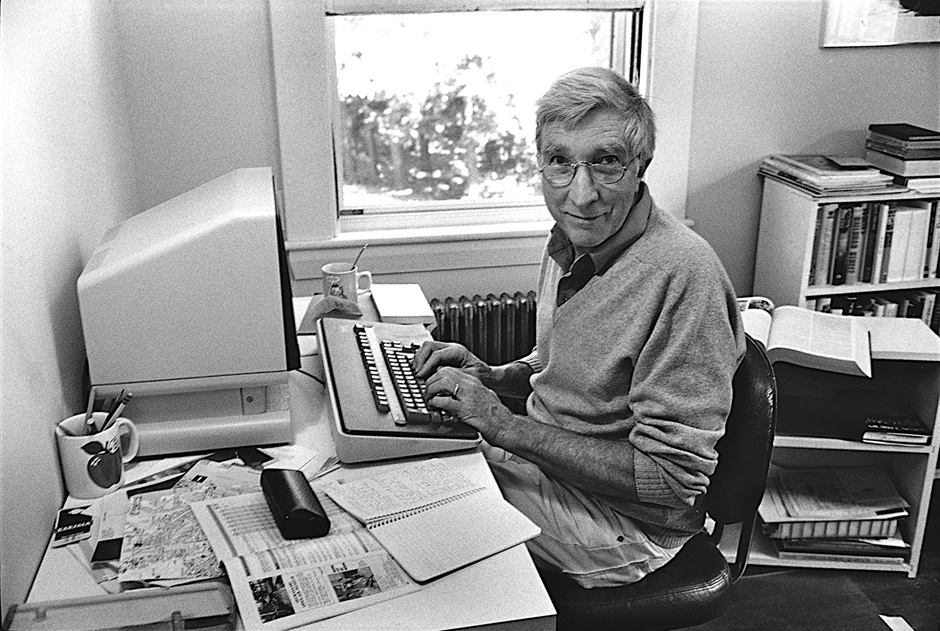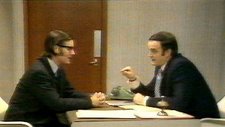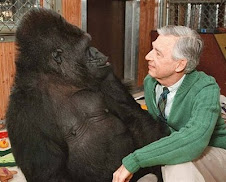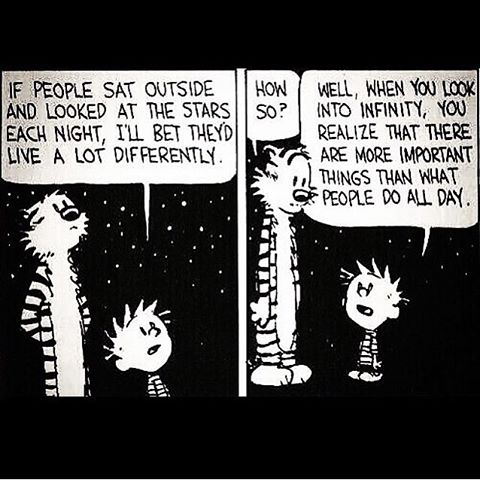"Everyone who practices an art should love and live with another art. One learns about one’s own work by exposing oneself to a different passion. Mentioning a second art does not imply competence in practicing it. In eighth grade I flunked art, which was lamentable, because in art class I sat beside Mary Beth Burgess and I was sweet on her. Music is totally beyond me. My most notable musical moment took place on Ken Burns’s Baseball. He interviewed me about the game, about loving baseball, not about playing it. I had hung around major league players, writing books and essays about them, and for Ken I came up with twenty anecdotes. Then he asked me to sing “Take Me Out to the Ball Game,” telling me that all his interviewees would sing it. Ken Burns’s charm could persuade a monkey to breed with a daffodil. At his urging I tried singing “Take me out . . .” and heard my pitch waver capriciously up and down. Tuneless, ashamed, in my disgrace I forgot the lyrics. The highlight of Ken’s Baseball series, I swear, is the image of my mouth hanging open wide and silent. It looked like brain damage. In editing, Ken paid special attention to this image by holding it for two or three beats. I love painting, sculpture, sketches, and watercolors. I have my own collection, mostly prints and posters—Blake, Arp, Warhol, Marie Laurencin, de Kooning, Man Ray—and my favorite pastime is going to museums. Myself, I can draw one thing only, and I do it when I sign my baseball books. I draw a circle, with half-moon semicircles inside it, with a few short lines cutting into the semicircles. The perpetually lopsided circle (I am not Giotto), decorated by expressionist stitches, leaves space for dedication, autograph, and date. It was always poetry and not much else. To avoid math and science I took a classical diploma at Exeter—Latin and Greek, Virgil and Homer. At Harvard I majored in English but concentrated on poetry courses, avoiding prose when I could. One day, I don’t know why, I wandered into the Fogg Museum and found an exhibition of Edvard Munch. I was stunned by the power of this literary painter, and I went back and back to The Scream and its siblings. Two years later the same show turned up in Paris, at the Petit Palais, and during a long vacation from Oxford I walked every afternoon to see it again. It began my museum life, which lasted and extended. Years later I wrote a New Yorker Profile of Henry Moore and interviewed other English artists, from Barbara Hepworth to Francis Bacon. I learned lots about painting and sculpture, but maybe I learned most about poetry—for instance, by hearing Moore quote Rodin, who quoted a stonemason: “Never think of a surface except as the extension of a volume.”"
Essays After Eighty" by Donald Hall: https://a.co/a2CyVv8










 Charles Darwin (
Charles Darwin (















No comments:
Post a Comment